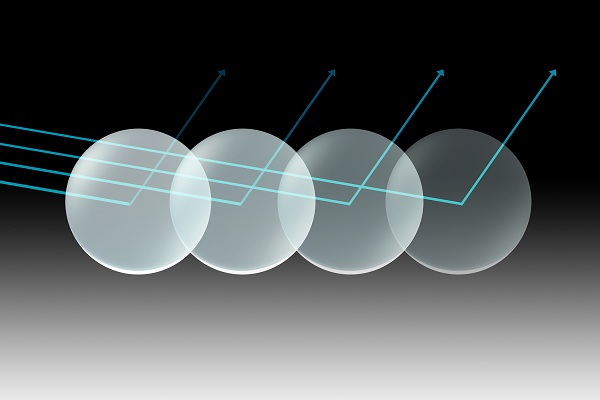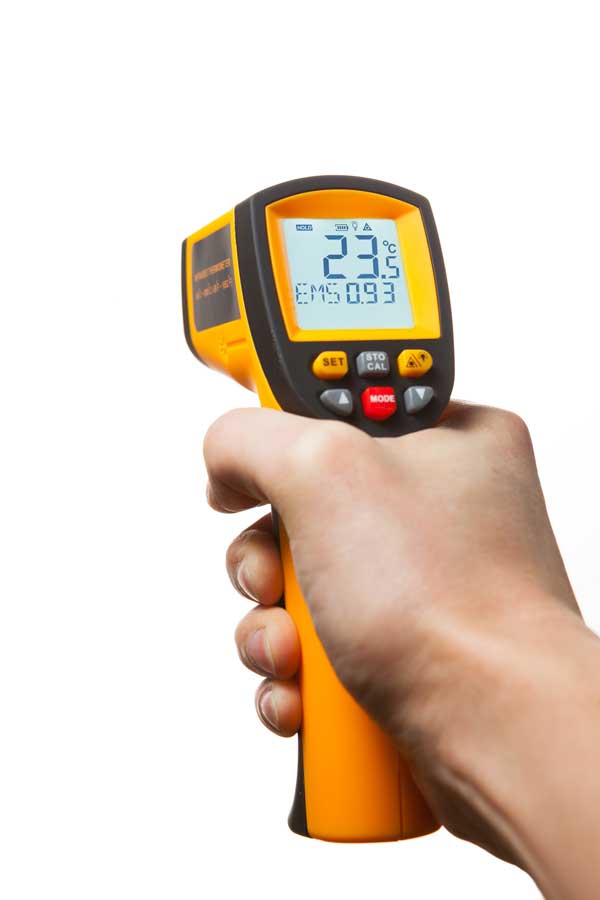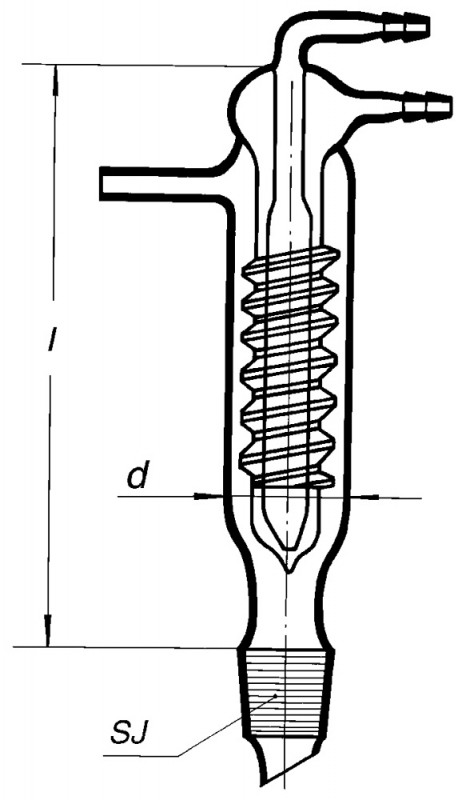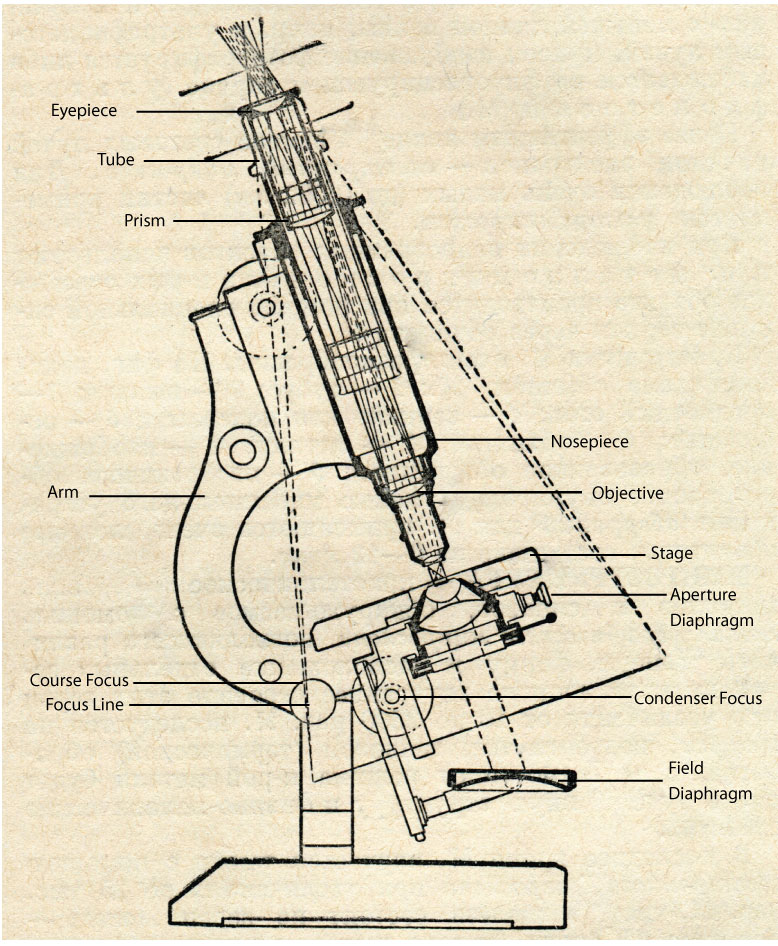The Use of Band Stop Filters in Laboratories

Filters are used in radio communications to enable radio receivers to receive the desired signal while rejecting all other signals. The filters are also commonly used in DC power supplies to eliminate undesired high frequencies as well as on a power supply’s output to reduce ripple.
The filters are also used in audio electronics and in analog-to-digital conversion. The filters work extracting important frequencies from signals that also contain irrelevant or undesirable frequencies. The filters can be categorized into four major types that include the high-pass filter, the low-pass filter, the band-pass filter and the band-reject filter also referred to as the band stop filter or the notch filter.
A band pass filter is a simple form of a filter that has high pass filters and low pass filters passing a band or range of frequencies on either side of two cut-off frequency points.
In short, we can also say that band pass filters set the frequency band that it has to allow going further, while the band stop filter sets the frequency band that it has to stop from going further. Here, we will be discussing the band stop filter in-depth. So you will be able to understand its functioning and applications in laboratories
The band stop filter functions exactly the opposite way the band pass filter works. It is a type of a frequency selective circuit that combines the low and high pass filter sections enabling it to severely attenuate or block a band of frequencies within the two cut-off frequency points.
A look at how the band stop filter functions.
What Is Band Stop Filter?
In simple terms, a band stop filter is a filter that lets all frequencies pass through it except for a specified stop band. Here, the band consists of nothing but two cut-off frequency points.
Through these points, the filter gets to know which exact frequency it has to reject. You can also find it with the name of a reject filter or a notch filter. While the reject filter is just another name of the band stop, the notch filter is actually a further division of it.
The band stop filter circuit can be formed by combining a standard RC high-pass filter with an RC low-pass filter. In this, the RC low-pass filter will help to set the lower cut-off frequency, while the RC high-pass filter will help establish the higher cut-off frequency for the final filter.
Therefore, all the frequencies in-between the cut-off points will get canceled through the filter. In order to achieve this outcome, the two RC filters are connected in parallel, and their outputs are summed by using another operational amplifier that gets connected as a voltage summer.
This was all about the band stop filter circuit. Now, let’s see the functioning and applications of band stop filters.
Functioning of Band Stop Filter
The band stop filter passes all frequencies with the exception of greatly attenuated frequencies within a specified stop band. In a situation where the stop band is very narrow and highly attenuated over a few hertz, the filter is referred to as a notch filter.
The notch filters have a frequency response of a deep notch with high selectivity instead of a flattened wider band. The filter has two cut-off frequencies that include the -3dB or the half-power points that produce a wide stop band bandwidth between the points. The band stop filter work is to pass the frequencies from zero (DC) to the lower cut-off point and then to the second cut-off frequency while also rejecting or blocking the frequencies in-between.
In a wide-band band stop filter, the stop band filter is between the lower and upper -3dB points for it to reject or attenuate frequency between the cut-off points. There are several ways the band stop filter can be designed but the common design features a combination of low pass filter and high pass filter in a parallel type configuration.
The design can also include operational amplifiers that introduce voltage gain into the circuit. Depending on an individual needs, the circuit can be designed with a much narrower frequency response by increasing the selectivity of the filter. The filters with narrower bandwidths require thicker coatings. The coatings can be expensive and may also exhibit high levels of stress, which makes it beneficial to use band stop filter – Evaporated Coatings.
Band Stop Filter Applications
Now that you have understood what a band stop filter is and how does it work, it is time to get into its applications. The band stop filters are widely used in the electronics and communication circuit.
They can be used to eliminate a band of unwanted frequencies while at the same time enabling other frequencies to pass with minimum loss. When the filter is designed properly, it can produce attenuation of more than -60dB at the notch frequency.
A few general applications of band stop filters include:
- Noise Reduction: There can be several kinds of noises in images and signal processing. With the help of this filter, these noises can be reduced to significant levels so that they do not create any hassle in the final results.
- Line Interference: DSL internet services also include some sort of interference. This can result in a bad experience for the user. However, the problem can be avoided with the help of the filter by cutting out all these interferences.
- Radio Statics: Have you ever heard that irritating and disturbing noise on your radio when it is not able to catch the correct channel frequency? It is called radio statics. By using a suitable band stop filter, this sound can be eliminated.
- Medical Applications: Nowadays, this filter has also made its place in the medical field by helping cut the interferences in biomedical instruments. Therefore, offering more accurate results.
- Electric Guitar Amplifiers: Almost all guitars produce hum at a frequency of 60Hz. Here, the band stop filter comes in handy because it significantly reduces the hum, thus, aiding in signal amplification. Other equipment, such as mandolin and bass instrument amplifiers, also utilize the filter for the same purpose.
- Other Applications: These filters are used in a number of different places where usually unnecessary noise and disturbances are encountered.
We hope all this information made the concept of band stop filters clear to you.

 AAS, GC & HPLC Certificate Course Bundle
AAS, GC & HPLC Certificate Course Bundle  Certificate Course on AAS
Certificate Course on AAS  Certificate Course on GC
Certificate Course on GC  Certificate Course on High Performance Thin Layer Chromatography (HPTLC)
Certificate Course on High Performance Thin Layer Chromatography (HPTLC)  Certificate Course on ISO/IEC 17025:2017 - CPD Certified
Certificate Course on ISO/IEC 17025:2017 - CPD Certified  Certificate Course on Lab Safety
Certificate Course on Lab Safety  Certificate Course on Measurement Uncertainty in Chemical Testing
Certificate Course on Measurement Uncertainty in Chemical Testing 
 AAS, GC & HPLC Certificate Course Bundle
AAS, GC & HPLC Certificate Course Bundle  Certificate Course on AAS
Certificate Course on AAS  Certificate Course on GC
Certificate Course on GC  Certificate Course on High Performance Thin Layer Chromatography (HPTLC)
Certificate Course on High Performance Thin Layer Chromatography (HPTLC)  Certificate Course on ISO/IEC 17025:2017 - CPD Certified
Certificate Course on ISO/IEC 17025:2017 - CPD Certified  Certificate Course on Lab Safety
Certificate Course on Lab Safety  Certificate Course on Measurement Uncertainty in Chemical Testing
Certificate Course on Measurement Uncertainty in Chemical Testing 




Responses